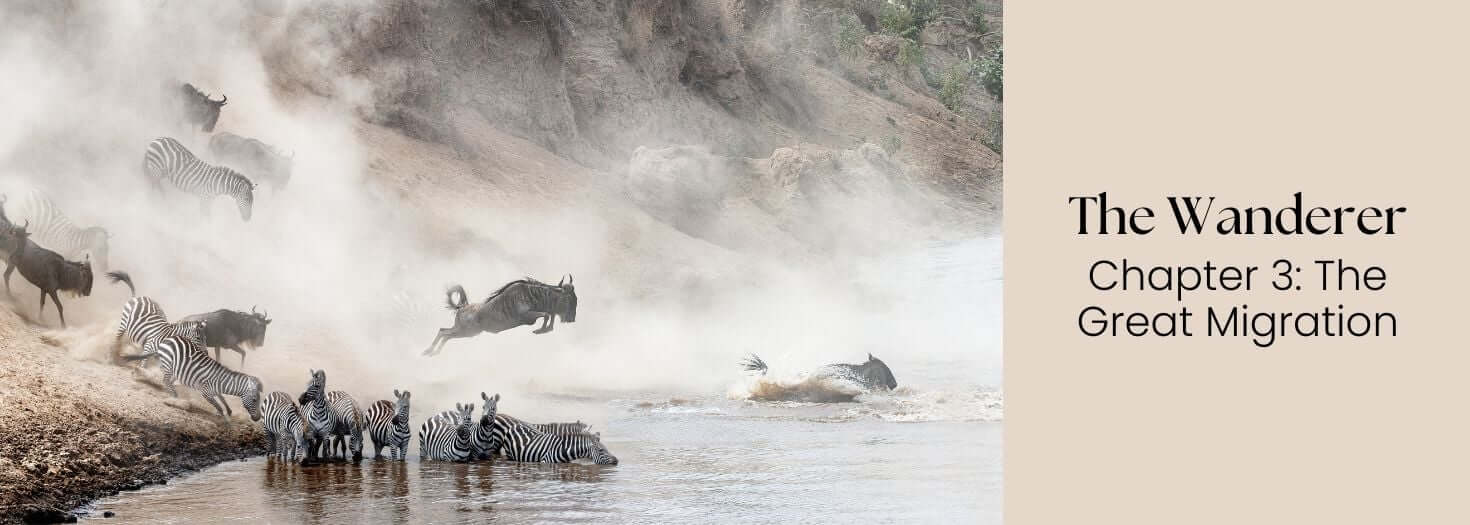The Wanderer, Chapter 3: The Great Migration
Table of Contents
In an ever-changing world, one constant remains: nature. Unaffected by the march of time, political shifts, and the rise and fall of empires, its rhythm continues – eternal and beautifully untamed. Few spectacles rival Africa’s Great Migration, where millions of wildebeest and zebras move across the Serengeti to the Masai Mara. It’s an extraordinary journey of resilience and survival, a legacy that is as old and ancient as the land itself.
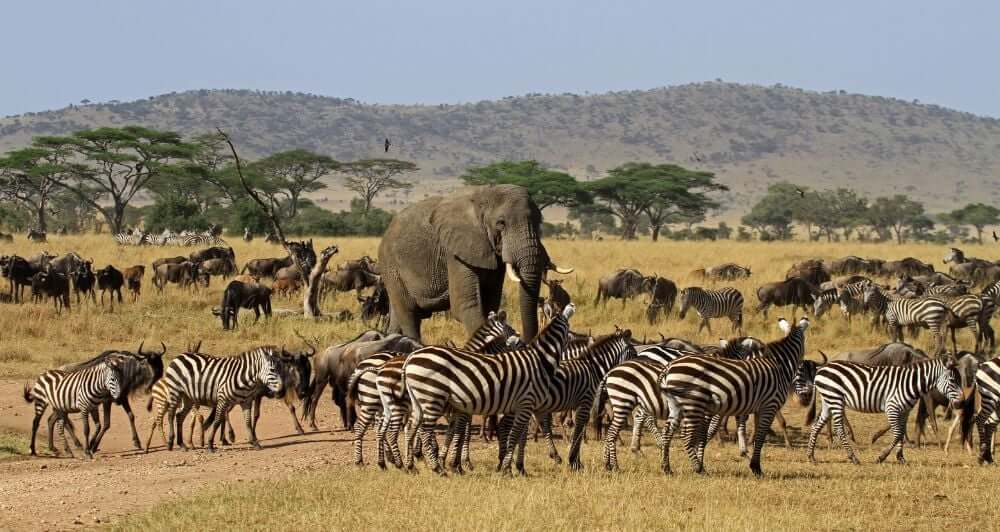
Nature's Grand Show
The Great Migration defies description. Every year, as the seasons change and the landscape dries out, over 1.5 million wildebeest and zebras move with the rains in search of fresh pastures and water sources.
As they venture across the Serengeti and into the Masai Mara, they face a series of obstacles that challenge their journey - from perilous river crossings to predators - making it the ultimate test.
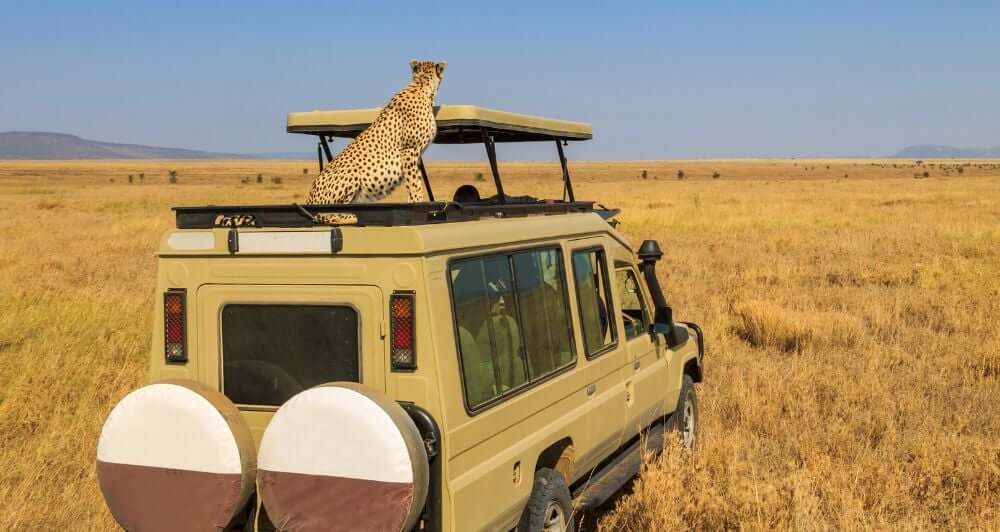
Classic Serengeti Safari & Zanzibar
Best travel period: June to July
Arusha, Serengeti National Park, Zanzibar
Experience the soul of Tanzania with this timeless safari through the Serengeti, where golden grasslands stretch beneath a brilliant sun and teem with Africa's most iconic wildlife. If you visit from June to July, you'll see the extraordinary movement of herds as they cover the Serengeti – a front-row seat to the Great Migration before it heads to the Masai Mara. After your wild quest, head to the idyllic island of Zanzibar, where you can wander through the labyrinthine alleys of ancient Stone Town, sunbathe on the beach, and look back on photos of your African escapade.
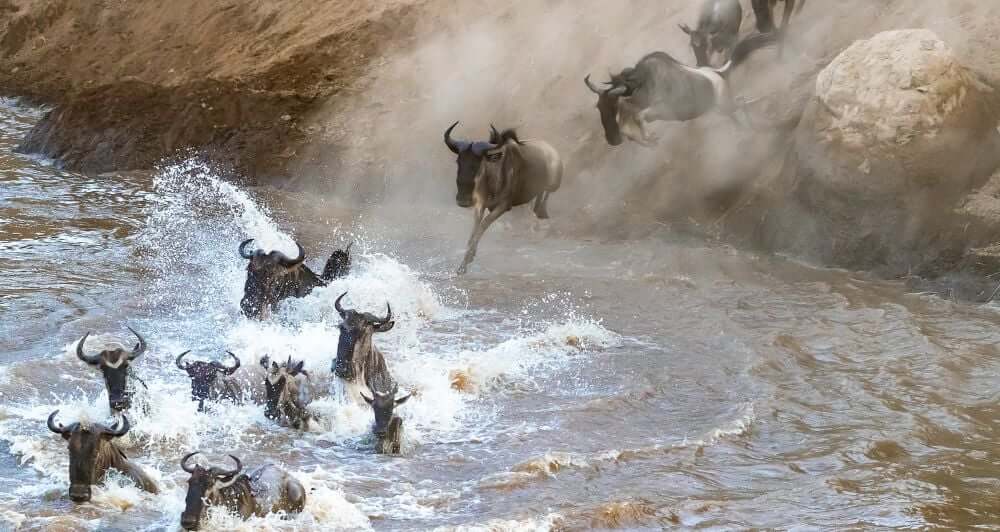
The Drama of the Mara
The Mara River is no gentle waterway. As the animals surge towards its banks, it doesn't yield easily – the current is fierce, the banks are steep, and lurking beneath the surface are Africa’s most formidable ambush predators: crocodiles, some over 16 feet long.
As the first brave wildebeest takes the plunge, the rest follow in a thundering, almost chaotic charge, hooves churning up the water as crocodiles lunge, the scene unfolding like a nature documentary in real-time. For those watching from the safety of a safari vehicle, it’s a moment of pure adrenaline, instinct, and sheer determination to survive. Some make it, some don’t, but the migration never stops.
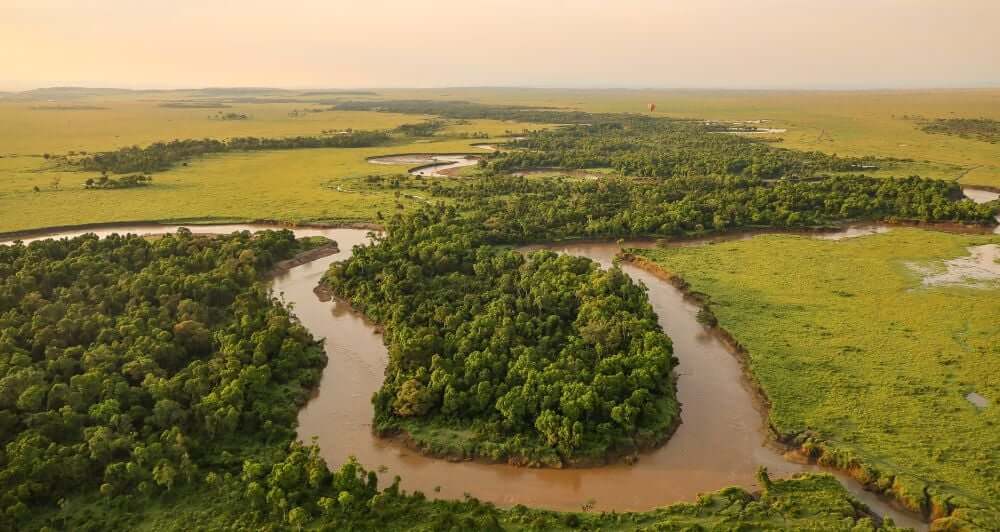
Masai Mara Safari & Seychelles
Best travel period: August to October
Nairobi, Masai Mara National Game Reserve, Mahé, Silhouette Island, Mahé
This itinerary unites two of Africa and the Indian Ocean's best experiences. Beginning in the Masai Mara, you’ll watch the Great Migration sweeping across the flatlands – the pinnacle of this adventure is the dramatic Mara River crossing, a raw and unforgettable display of nature’s power. Following this encounter, you'll travel to the serene luxury of the Seychelles, where you can lounge beside turquoise waters and sun-kissed shores, a perfect contrast to the Mara’s thrilling wildness.
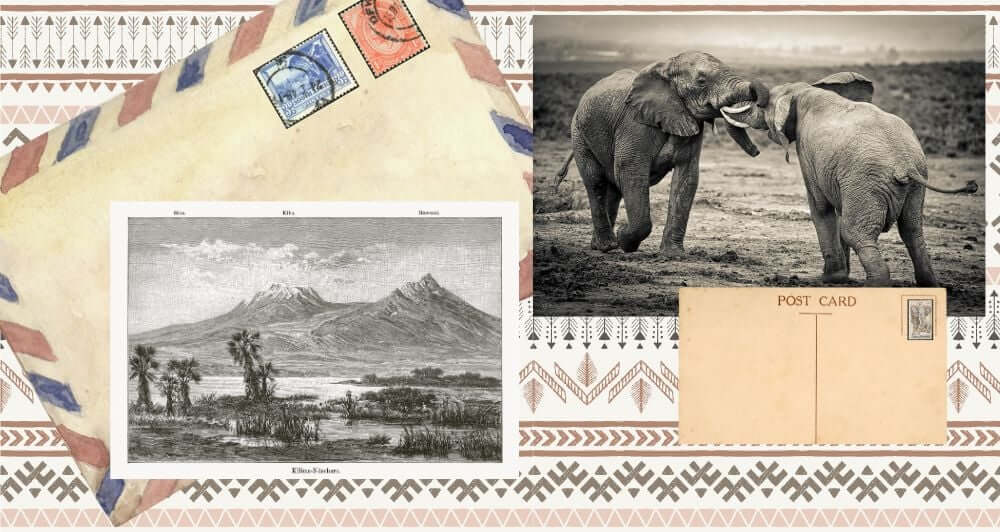
Kenya: A Royal Safari and a Historic Moment
In 1952, while the world was seeing dramatic shifts in geopolitics, the African wilderness was quietly witness to its own chapter of history.
On the 5th of February, a young Princess Elizabeth spent the day filming elephants at a watering hole near to the Treetops Lodge in Aberdare National Park. She then retired for the night in a cabin high in the trees and it was here, during her sleep, that she unknowingly became Queen of England. Due to the lodge’s remote location it wasn’t until the following afternoon that the new monarch was informed, beside a stream in the foothills of Mount Kenya, .
Though the original Treetops Lodge no longer stands, Kenya’s 5-star safari lodges allow visitors to walk in the footsteps of royalty, surrounded by the same wilderness that saw a turning point in world history. As you journey through the plains, you may even catch a glimpse of nature's own royalty - the Great Migration - emerging in all its majesty.
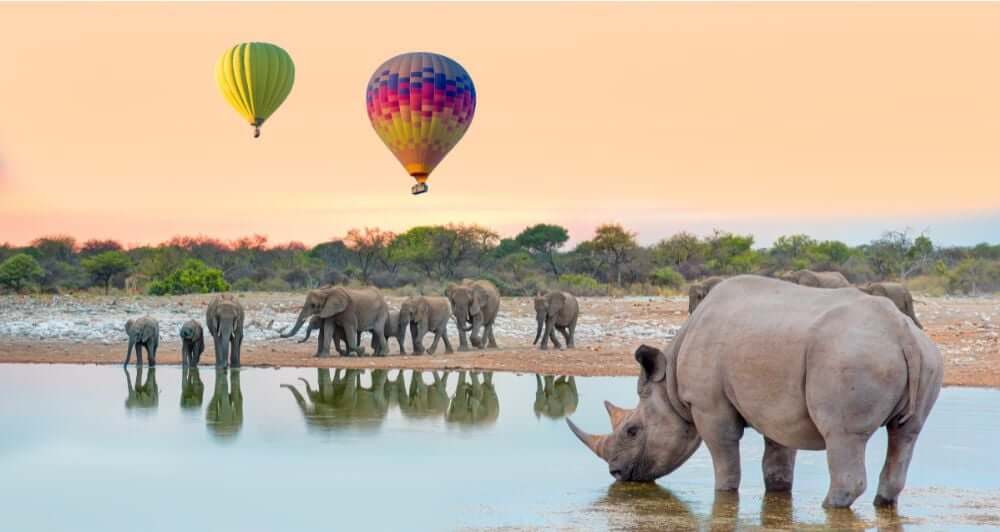
Tanzania Fly In Safari In Style
Best travel period: March to May
Arusha, Tarangire National Park, Ngorongoro Conservation Area, Serengeti National Park, Arusha
This luxury fly-in safari explores Tanzania’s landscapes and wildlife in comfort and style, from the breathtaking Ngorongoro Crater - often called the ‘Eighth Wonder of the World’ - to the iconic Serengeti National Park. In the former, expect to see a rich concentration of wildlife, including lions, rhinos, and elephants. In the latter, if you book at the right time, you can watch from a sunrise hot air balloon ride as the animals partaking in the Great Migration descend on the Serengeti. A true once-in-a-lifetime experience.
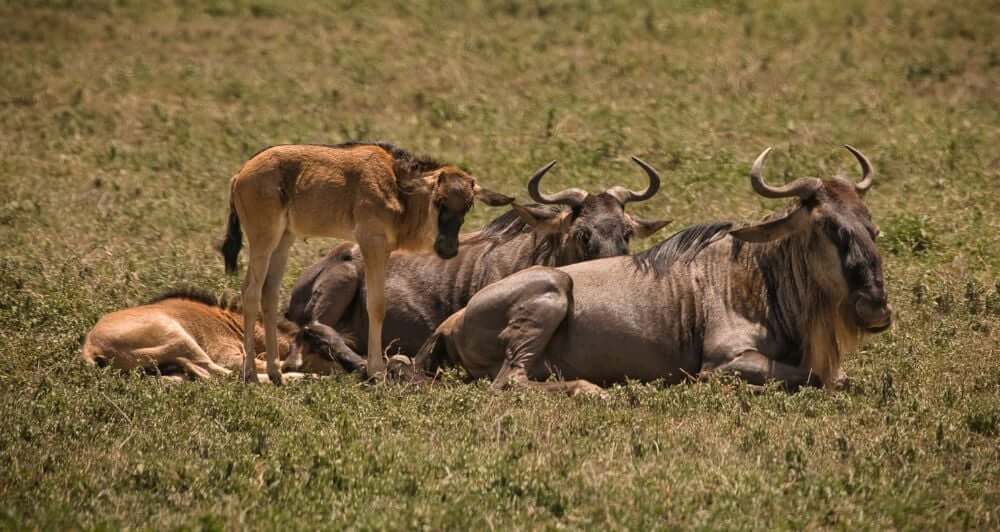
The Serengeti’s Southern Plains: A Nursery for New Life
From January to March, the southern Serengeti transforms into a nursery where tens of thousands of wildebeest give birth to their young. The herds stay in the region during this period, creating an intimate setting for safari goers to watch newborns taking their first wobbly steps. The calm of this period is very different to the action at the peak of the Great Migration – it's quieter, and grants an even deeper connection to the land and the animals that call it home.
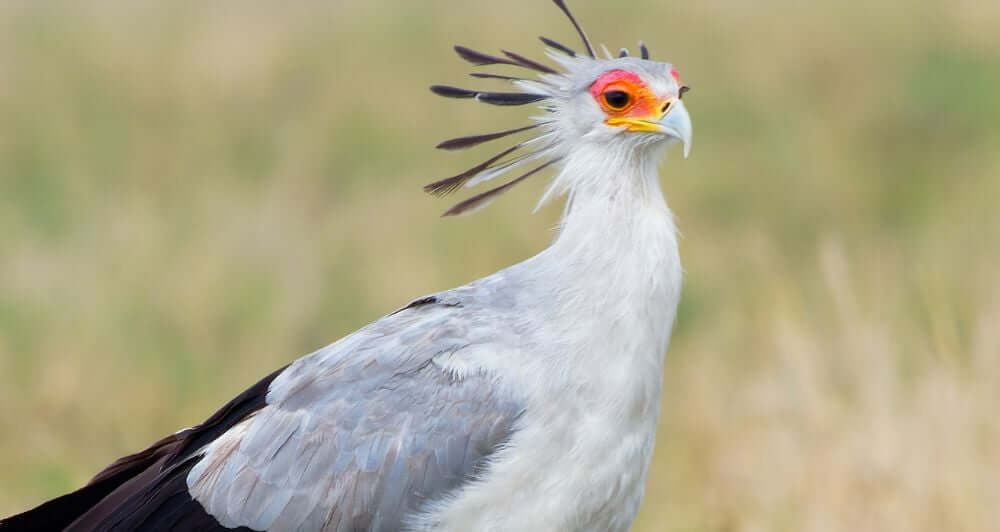
The Great Migration’s Unsung Heroes
Ready to discover the hidden gems of the Great Migration? While the wildebeest and zebras may steal the spotlight, I think the true magic may lie in the lesser-known creatures that keep the circle of life in motion.
From the silent giants of the savanna to the stealthy predators lurking in the shadows, every species plays a role in this never-ending cycle, making the Great Migration one of nature’s most finest shows. Explore a new perspective in my latest blog post.
Words by Emy Syddall, Editor.
